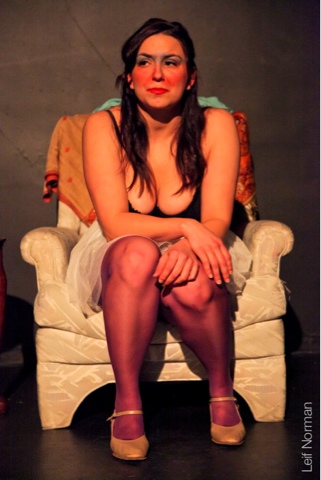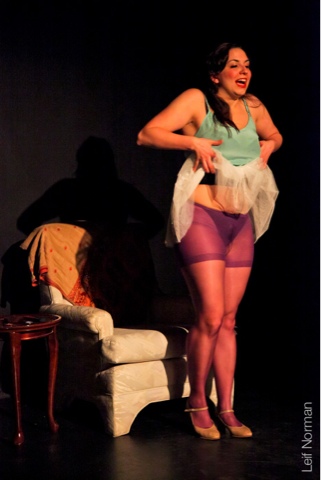I've been crafting this experiment for some time now, aiming to air some questions for myself, and for people experiencing dance music and theatre . . .
What happens when we take two independent experiences - a piece of theatre, and a music performance - and let them lose at the same time? How are you impacted as an observer? What do you notice? How does this in tandem experience change your understanding of each individual piece in a way that you may not have viewed them when separate?
The First Time is an audio installation designed to be experienced in tandem with a live DJ set performed by John Norman - Friday will be the premiere of this experience, beginning at 7:30pm.
If you're around and interested, the audio file can be downloaded for free at memetic.ca/thefirsttime - simply download the file, select a meeting place, and turn up at 7:30pm. There will be a girl in a purple dress who will lead you to the Cube, where John will be playing.
If Friday evening doesn't work, that's ok too - the installation can be experienced at any time during the festival - and will create a different experience for you! Just begin at a meeting point, and slowly walk yourself toward the cube stage.
If you do participate, please share your thoughts here, by tweeting me @impeltheatre or using hashtag #memeFirstTime and #meme2013
Huge gratitude to the MEME festival for allowing this experiment to see the light, and to my volunteer devisers and performers on the project!
Created by artistic director
Kendra Jones (
www.impeltheatre.blogspot.com)
The First Time will take you on a journey immersed in the festival’s main stage atmosphere which will amplify your aural
experience of the event and your surroundings. In a festival dedicated to live
performances of recorded sounds, come enjoy two forms of recorded sound at once,
and share in a further amplified experience of these two art forms in tandem with one
another.
Downloadable for you to experience at any point through the festival, the piece
is best experienced corresponding with a DJ set by Winnipeg’s techno-maven, John
Norman (Hype Muzik, UNT! Records).
Download link:
Instructions:
Step 1
Download the audio file to your phone, mp3 player, or some other portable audio
device
Step 2
Make your way to one of the meeting points shown here for 7:30pm on Friday
August 16th:
Meeting Point 1 – In the small triangle park across from the Burton Cummings
(Walker) Theatre – 364 Smith Street
View Larger Map
Meeting Point 2 – In front of MTC John Hirsch (Mainstage) Theatre – 174 Market Avenue
View Larger Map
Step 3
Wait for the girl. She will be wearing a purple dress.

Step 4
Put your headphones in. Press play at 7:30pm. This is best experienced on your
own, so resist the temptation to take them out at any point, or to chat with others. Let
the experience envelop you.
Step 5
Listen.
Step 6
Follow the girl. She will lead you to the Cube stage to enjoy the festival.
Step 7
Notice. Keep listening.
Step 8
The full experience is about 40 minutes long, and will then leave you the remainder
of John Norman’s set to enjoy the site and music. And don’t forget to stick around for
more great acts through the evening!
Questions? Email
kendra@impelartists.com or tweet @impeltheatre – and don’t
forget to share your thoughts using hashtag #memeFirstTime and #meme2013







